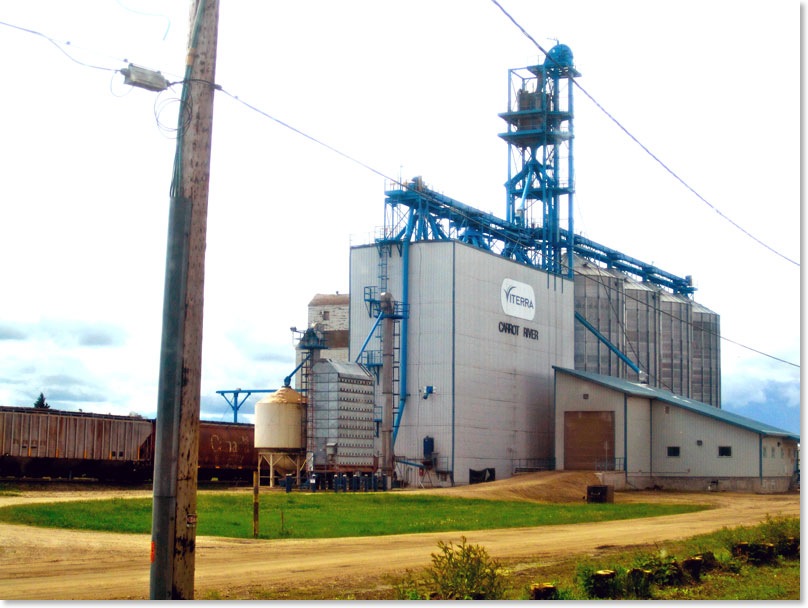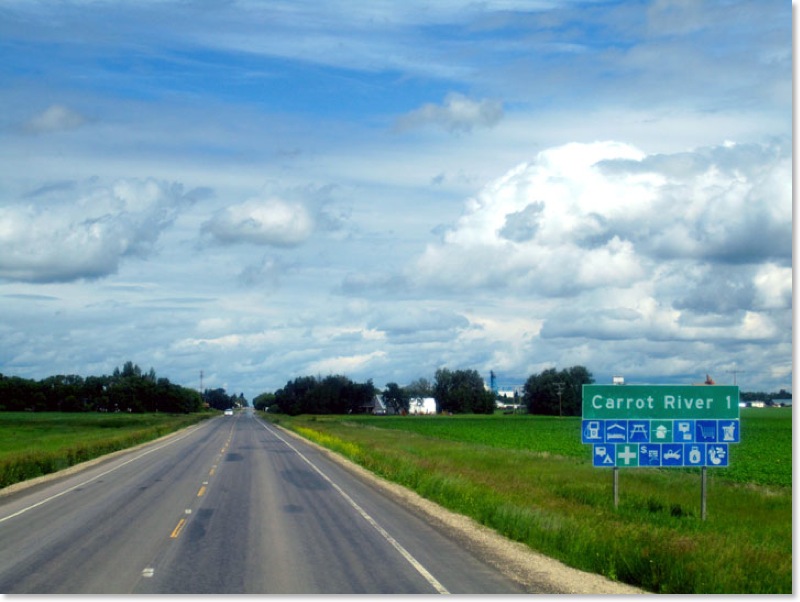
Carrot River in June
FTLComm - Carrot River - June 30, 2011
When the price of soft wood lumber and the value of wood pulp diminished Carrot River, Hudson Bay, Prince Albert and Meadow Lake all suffered, some of these communities more than others but with the dramatic decline in the logging industry the small communities where the loggers and truckers lived were also hard hit. The compensation was that laid off workers from Hudson Bay moved to the potash industry in southern Saskatchewan while others drifted off to find work in the oil fields and the oil service industry in general, mostly in Alberta.
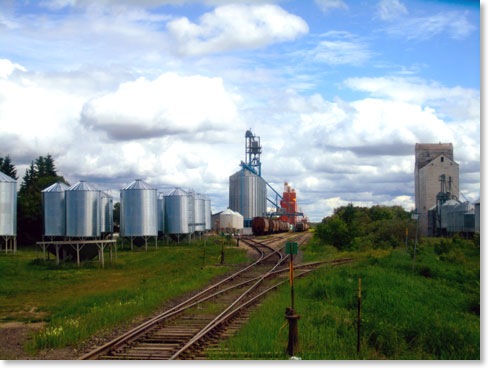
We drove into Carrot River last Sunday morning and though I had visited and passed through the community in the past I had never actually driven up and down its streets. There were two things that really caught my eye. First off, Carrot River is a really civilised place. Great streets that are well maintained with really nice well treed neighbourhoods. There are lots of indicators like new houses under construction and really excellent lawns, gardens and beautiful yards in general.
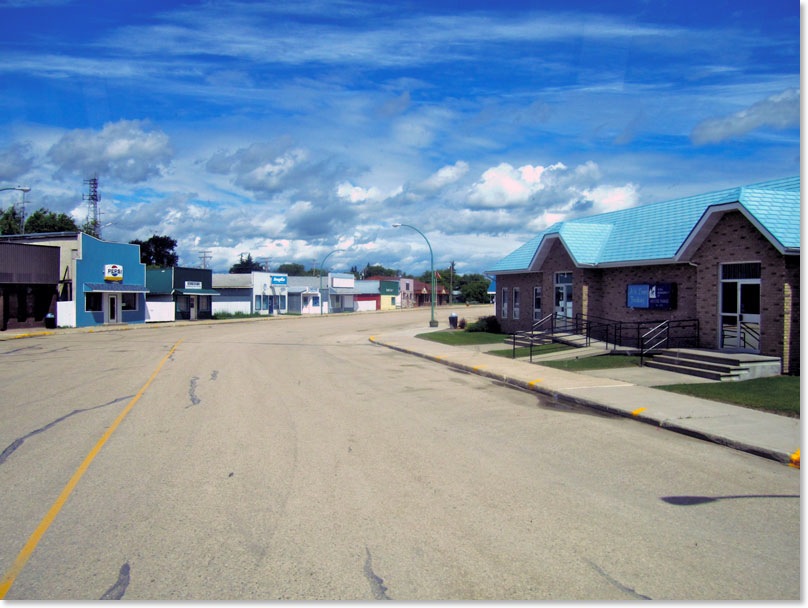
The second thing that I noticed was that the grain elevators that have vanished from most Saskatchewan communities as the newer terminals have been constructed well away from the towns and villages, Carrot River’s grain handling facilities are still right in town and look to be flourishing. Of course that goes with the very positive agricultural situation in the Carrot River area. This is a country side that really can grow crops.
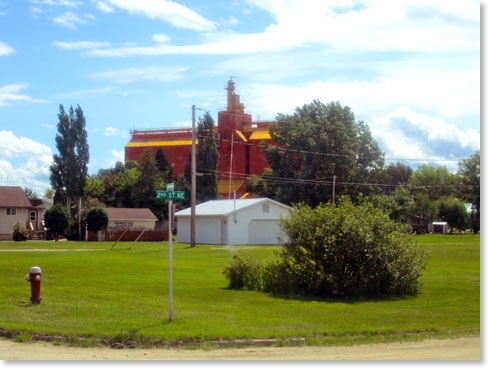
The story and pictures of the Pasquia Regional Park triggered memories from some of the contributors to Ensign who are from or grew up in Carrot River. Kevin McIntyre was reminded of the days before the Park was developed as a regional Park:
At the bottom of the hill, left of the trail across the ponds, was the “olde swimming hole” where we swam for decades. The right side had a boat launch and people water skied in there - it goes way around and meets up to the river.
It was clean, great place but about 1974 they built the pool, one of those round ones with a fabric liner [sucked] then 82ish they built the "real" pool.
Where you were parked, that was an open green space until the late 80's when they began putting in trees and serviced sites. I used to spend all my summers down there [we lived 4.5 miles west] but hardly go down now. But yes, thats a pretty nice park now.
Darlene McCullough said:
I read with interest your article on Pasquia Park. I went to school in Carrot River from 1950 to 1959. One of the highlights every year was the rodeo held in Pasquia Park. The rodeo itself took place in the area down the hill where the large gazebo is now located and the hillside was a perfect place for the spectators to sit and view the events. Following the rodeo, there was a dance held in the town hall. The band that played for this was Jack Cenon's band but I can't remember the name they had for their band - it was the Rhythm Kings or something like that. Jack was a radio personality from Prince Albert who had a morning show called "The Wake Up- Shake Up Show" which was very popular at the time.
Did you take the ride down Andy Jamault nature trail? It is truly a step back in time as this area is exactly as it was when Henry Kelsey paddled down the river and named it the Carrot River. You can see the impression on the bank of the river where they dug out "Big Bert", the prehistoric animal, and discover "creatures" embedded in the shale.
This may add a little more interest for you the next time you travel to Pasquia Park.
